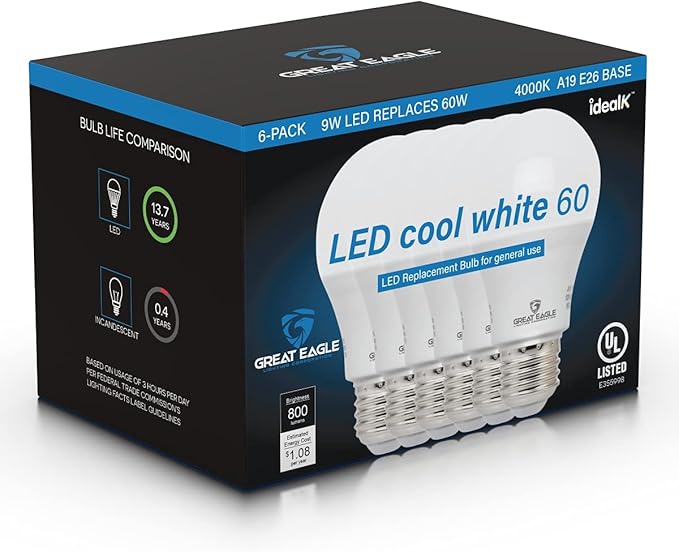The K in the 3000K vs 4000K stands for Kelvin. Kelvin is a unit of measurement that is frequently used to identify the color temperature of light or to determine what the color of light actually appears like. When a piece of metal is heated to 2000 degrees, it turns a yellow color.
Table of Contents
As a result, referring to it as a 2000K light makes more sense. The Kelvin scale runs from 1,000 to 10,000K (blue light) whereas 7000K to 10000K is on the higher end of the Kelvin scale and emits white light that is very similar to blue light, and can cause things to appear blue. The lowest setting is 1000K (blue light), which causes objects to turn reddish and orange.
LED lights with a color temperature of 3000K are yellow-white in hue. The faint yellow warmth made warm and cozy atmosphere. The color temperature range for LEDs is 4000K, which is neutral white.
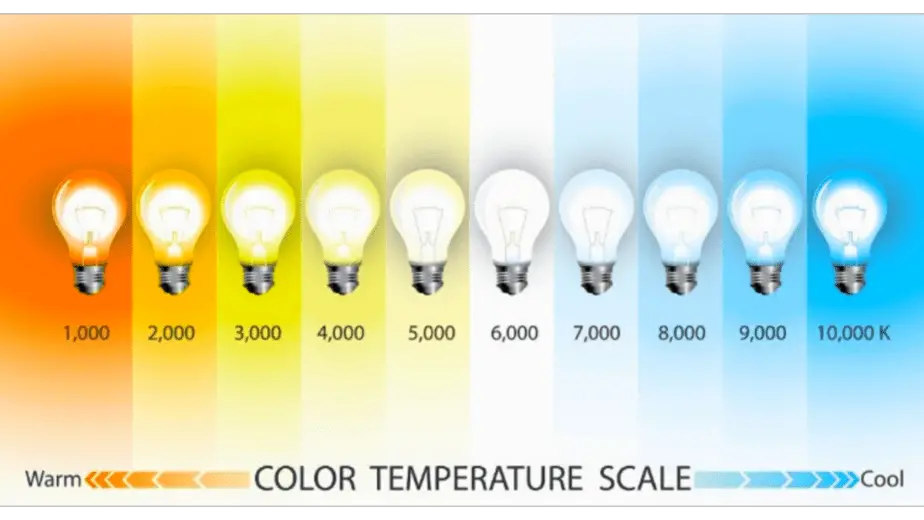
This color palette creates a reasonable color tone that is neither excessively blue nor yellow. 3000K produces a warm light that is ideal for creating a nice and homely atmosphere and complements wooden or earthy textures. 4000K, on the other hand, is regarded as a neutral white that is best suited for commercial settings and fits well with white decor.
3000K vs 4000K Led Bulb
It is important to understand the entire color temperature scale and not just 3000K vs 4000K. So, let’s get started with the warm-toned to the cool-toned lights. Similar to an incandescent light bulb, 2200-2700K generates a warm light that is suitable for low-light situations.
Amazon Basics – A19 Light Bulb
A 100W 3000K LED light bulb. non-dimmable bathroom led light.
The range of color temperature from 3000K to 3500K creates a gentle white light similar to that of halogen lamps. Speaking of 4000K and 5000K lights, a bright white light is produced between 4000-4500K, whereas a vivid bluish hue is produced at 5000K and above. 4000K is the color temper,ature that begins to move from the warmer yellow of 3000K to a cool white.
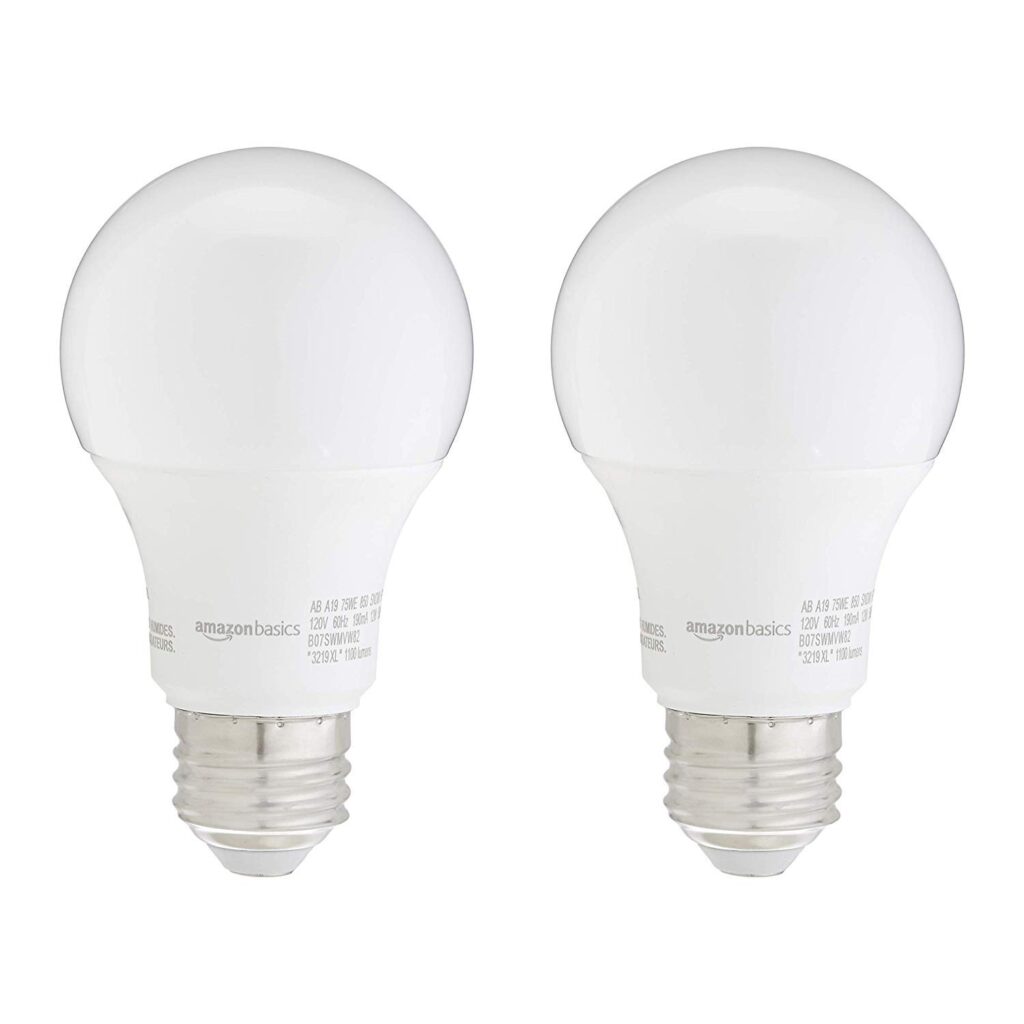
Warm light is defined as anything with a color temperature of 3000K or lower. Anything with a color temperature of 4000K or higher is considered cool white. 3500K is the temperature that falls between 3000K and 4000K and is often referred to as neutral. It’s the ideal mix of the two. Only the cool white color temperature will be seen in the light at 5000K.
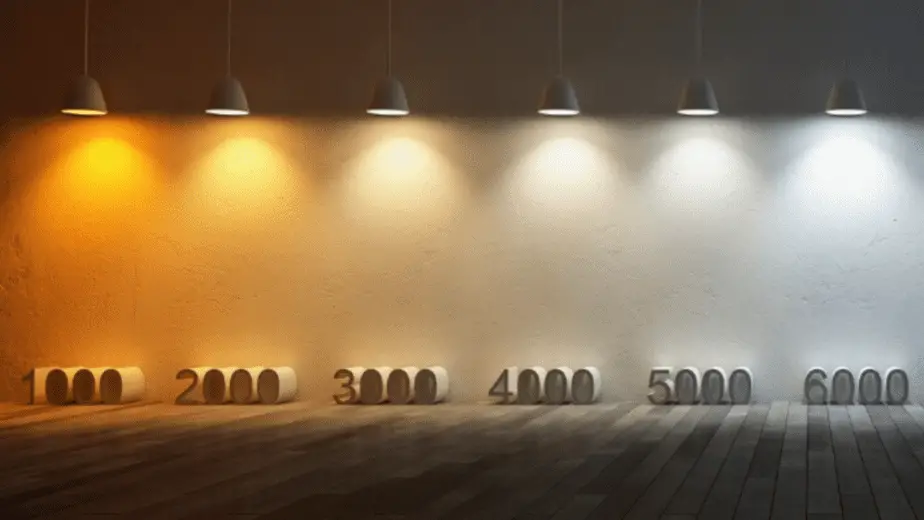
3000K Color Temperature
The color temperature of a light is measured in Kelvins (K) and indicates how warm or cool it appears. Between 3000K vs 4000K, the LED lighting with a color temperature of 3000K is yellow-white in appearance.
The faint yellow warmth adds a sense of warmth to a room. This produces a pleasant atmosphere that is ideal for a private setting. Places with a wooden interior like hotel lobbies, and other spaces that need a welcoming touch would benefit the most from this color temperature.
Color temperature can be used to create a specific ambiance in a particular setting. However, you could require a different color temperature than you planned depending on your interior.
Is 3000K Warm or Cool?
3000K is clearly on the warm-white side of the spectrum. It matches with a typical incandescent light more accurately. Although the difference between a 2700K and 3000k may not be noticeable, you will notice a mixture of yellow and orange hues.
Because it still washes out the small details, 3000K is intended toward an earthy or wooden setting and less recommended for commercial or light-focused areas.
When to Use 3000K (Warm White)
3000K is a warm color temperature that emits somewhat more yellow while gradually blending white. It’s ideal for wood tones since it brings out the natural beauty of the finish. It’s best used with earthy tones.
It gives a hint of white with a hint of yellow or orange hue, and it looks great on wooden textures. It’s primarily used in domestic settings, although it’s not recommended for white kitchens. However, if you have a wooden interior, you can go for it without any doubt.
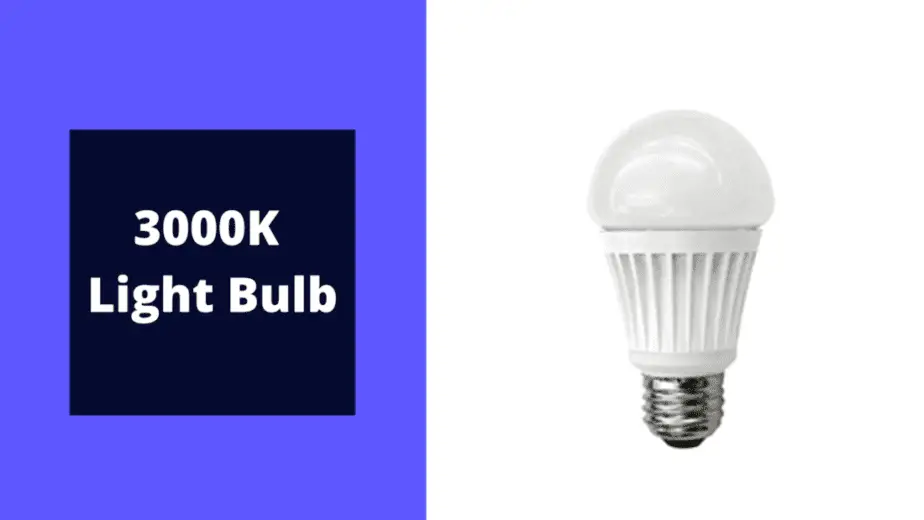
4000K Color Temperature
The color temperature range for LEDs is 4000K, which is neutral white. This color palette creates a balanced color tone that is neither too blue nor too yellow.
Great Eagle A19 LED Light Bulb
9W (60W Equivalent), UL Listed, 4000K (Cool White), 800 Lumens, Non-dimmable
This produces a setting in which individuals are more likely to look around carefully since little aspects can be seen in more detail in this light. Commercial locations and home settings with white or brightly colored interiors would benefit from this kind of light source.
Is 4000K Too Bright?
4000K produces a clean white light with a perfect color balance that is neither too yellow nor too blue. It can be used in both home and commercial environments, such as kitchens, living rooms, and bathrooms. Color tastes, on the other hand, differ from person to person, which is one of the most essential considerations when choosing color temperatures.
What you think is a good color may not be optimal for someone else. A led bulb with a 4000k color temperature shines an excellent shade for people who want to go in between yellow and white. In a perfect world, you’d try out a 4000K light fixture in your space for sure.
When to Use 4000K (Cool White)
At 4000K, the color temperatures begin to shift toward a natural white tone. This looks great with white cabinetry and brightly colored objects.
It can serve as a good balance from warm to cool. It can be used in both home and commercial settings and that is why it works well on white surfaces. It’s best to avoid using it for wood finishes or earthy tones, as temperatures lower than 3500K suits such textures.
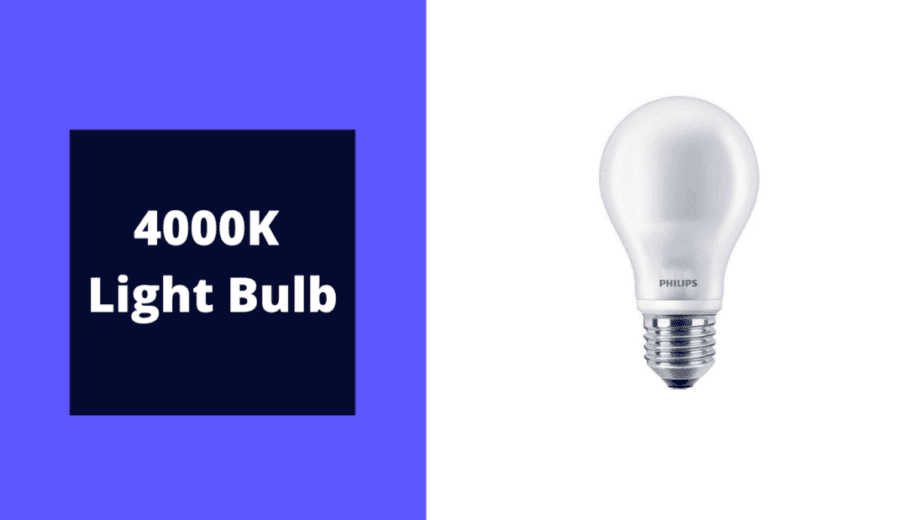
Similarities Between 3000k and 4000k
- White light is produced by both 3000K and 4000K, which are on the “relatively warm” side of the Kelvin scale.
- Kelvin is represented by the K in both 3000K and 4000K. Kelvin is a unit of measurement that is frequently used to identify the color temperature of light and both 3000K and 4000K fall in the color temperature scale.
Differences Between 3000k and 4000k
- Between 3000k vs 4000K, 3000K emits more yellow tones while emitting less white light, whereas 4000K emits less yellow tones while emitting more white light.
- Because 3000K is a warmer light, it’s great for wood textures rather than white walls or kitchens. 4000K, on the other hand, produces a crisp white light that is best suited to white kitchens rather than wooden or earthy textures.
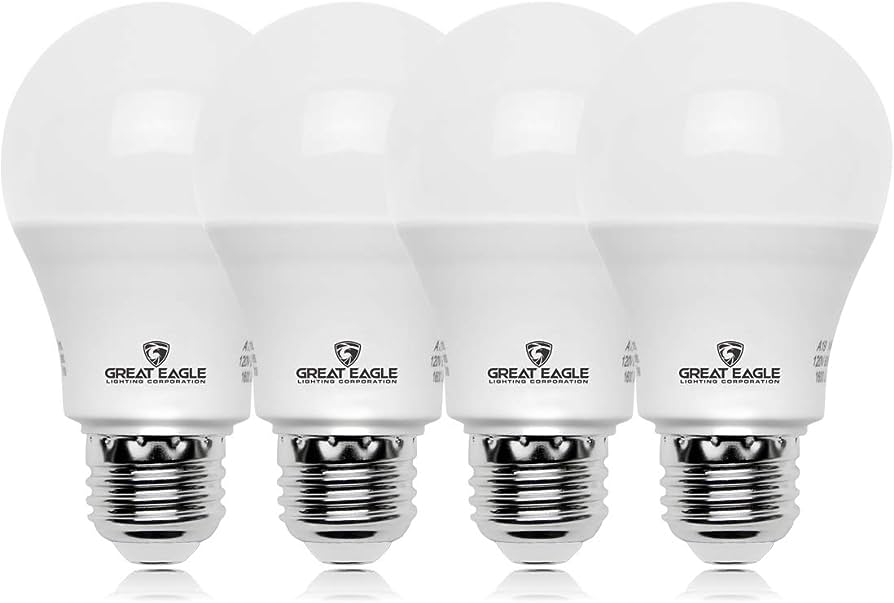
3000K vs 4000K: Which one is better for the kitchen?
3000K is comparable to halogen lamps, as it generates a gentle white light that is sharper than 2700K. It has a yellow or orange color to it. However, 4000K creates bright white light and we suggest that it is more suitable for kitchens.
However, because there are subtle differences between 3000K and 4000K light, it is dependent on the interior color of the kitchen space as well as the individual’s personal preference.
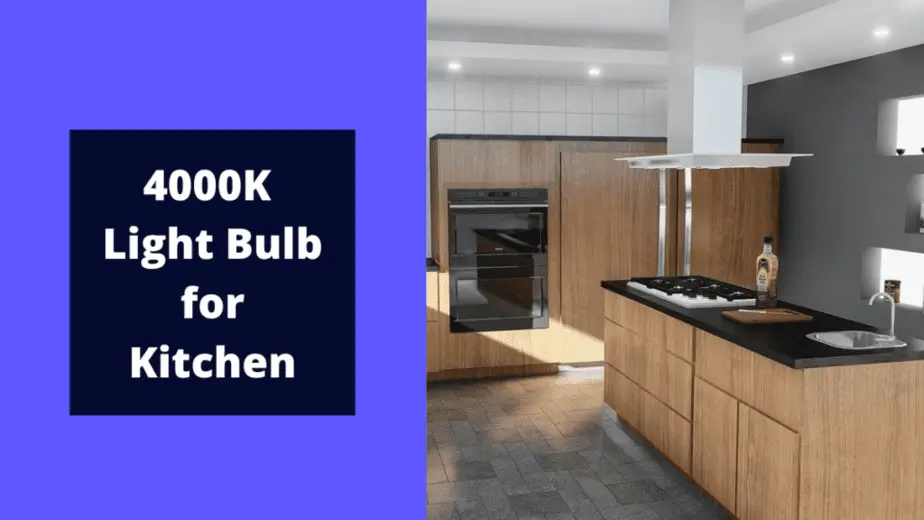
How Do I Choose Between Them?
We can correlate the scale ratings with color tones like warm white, neutral, cold white, or daylight, in addition to a Kelvin number like 1000K (blue light), 3000K, or 5000K.
When an object or room is lighted, color temperatures can change depending on how it is perceived. This is why, while working on household and even commercial projects, it’s critical to start with the right light color temperature and Kelvin number.
However, if you ask for our recommendation then we would suggest using 3000K for a warmer tone house setting, however for cool-toned walls or textures, it is better to go for 4000K.
Frequently Asked Question
Is 3000K Too Yellow?
The color of 3000K light is slightly brighter and neutral white. It has a less yellow/orange color to it. However, it cannot be deemed to give a too yellow or orange hue.
Is 4000K Brighter than 3000K?
‘Warm’ light is defined as anything with a color temperature of 3000K or below, while ‘cool’ light is defined as anything with a color temperature of 4000K or above.
As the temperature rises from 2200K to 5000K, the color of the light shifts from warm to cold, resulting in a yellow or orange hue that fades to a soft white and then finally to bright white light. So, yes 4000K is, thus, brighter than 3000K.
Is 4000K Light Bad?
4000K produces a pure white light that is perfect for places like kitchens, offices, workplaces, and so on. Therefore, 4000K light is not bad at all in fact it can be used in most places where detailed objects can be seen clearly.
Read also: 4000K vs 5000K LED Light Color Temperature
Final Words
Deciding between 3000K vs 4000K, take note of the colors on your walls, floor, ceiling, and furniture. If you have a lot of cool hues in your homes, such as blacks, grays, blues, or crisp whites, a cool LED color temperature like 4000K or above might be the best choice for you.
3000K or less give warmer white lights, on the other hand, will likely be your best pick if your home is full of natural materials like hardwood flooring, wood cabinets and furniture, or things in browns, tans, reds, and oranges.
Another thing to think about is the design of your house. Certain places in classic and transitional homes look best when lit with 3000K or less as they give warm white light, which has a comparable glow to candlelight and old-fashioned incandescent bulbs.
Related Articles…
How to Make Black with LED Lights
A blacklight is a useful utility in many circumstances. Even if you do not have a device, you can make black with Led lights if you follow some directions…
How to Make a Carb in A Lightbulb
This article serves to benefit anyone who wants to learn more about how to make a carb in a lightbulb…
How to Make LED Christmas Lights Look Warmer
Not satisfied with your cool-toned Christmas decorations? This article will help you figure out how to make LED Christmas lights look warmer…
How to Remove Plastic Cover from Fluorescent Light
Learn How To Remove Plastic Cover From Fluorescent Light in just 4 simple steps. Easy and Affordable method…
How To Stick LED Strip Lights On Wall Without Damaging Paint
LED Strip lights are an excellent choice if you want to know How To Stick LED Strip Lights On Wall Without Damaging Paint…

My strong expertise is illuminating spaces. With a keen eye for detail and a passion for transforming environments through lighting, my dream is to leave indelible mark on the world of light design. Below are few facts of my biography, highlighting career and hobbies. Click here to contact me.

